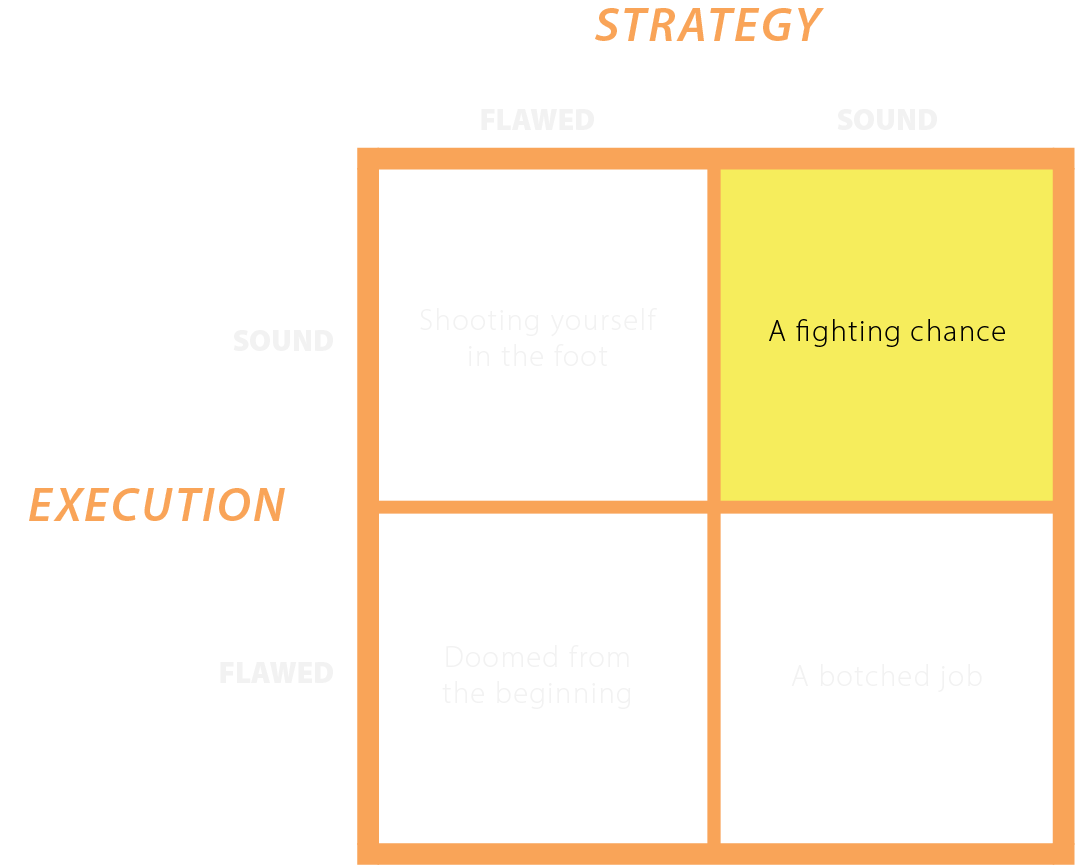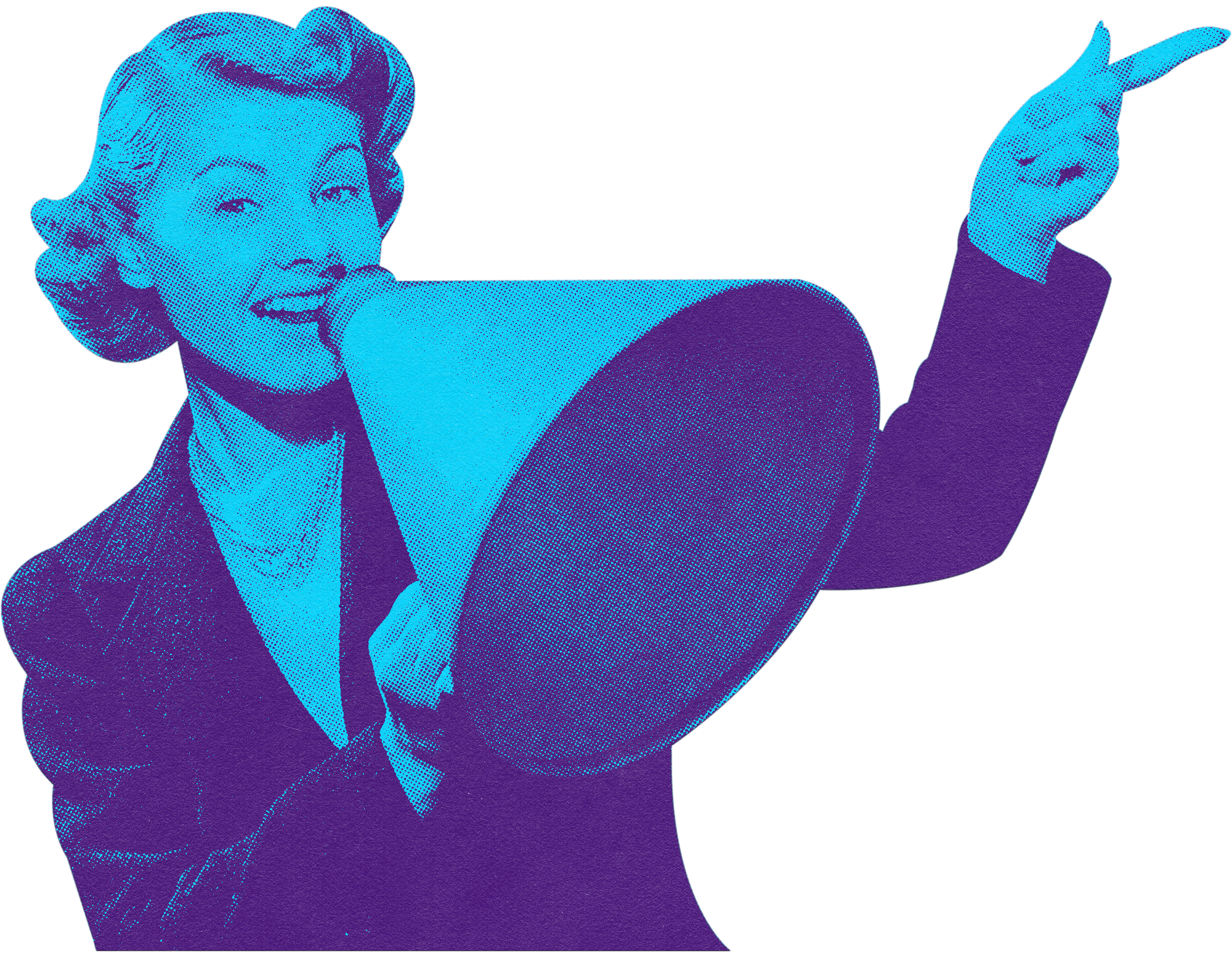AND IF YOU’RE HERE YOU PROBABLY HAVE A PROBLEM OR A ROLE THAT YOU NEED ADDRESSED
Lots of Creative Directors showcase their skills with a gallery of visuals representing the end results of their work, but in my mind that leaves out HOW we reached that end result.
So I want to highlight my thinking and learnings for the majority of this page. It’s a lot to nutshell, but I think it’s important. You can still see my gallery of finished projects by going to my Behance page.
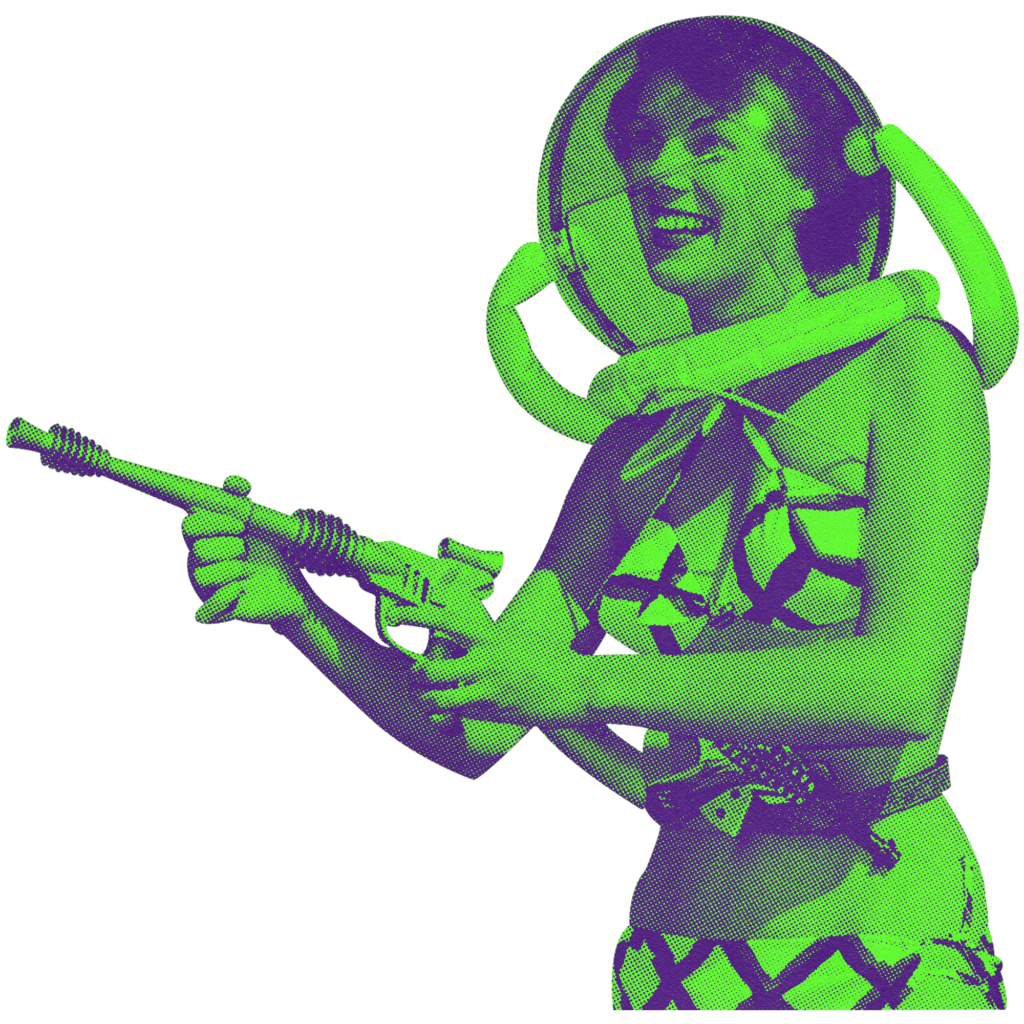
Many years ago I was having brunch with my late grandfather at a Jersey diner, venting about an incident between two members of my team. His advice to me was “You need to assert your dominance. Make an example out of them in front of the rest so that they all fear you too much to cross you.“
I slumped in my chair. I had cried in many office bathrooms over leaders like that. Over my cold dead body was I going to become that type of manager. This led me to panicked research.
I want to thank the writers of these particular books for affirming that tyrants do not make good leaders– that ‘influence scales, control does not.‘ These authors reassured me that you can be a strong and effective leader by setting examples of empathy and accountability. I have since tested and iterated upon those theories myself, and will continue to do so.
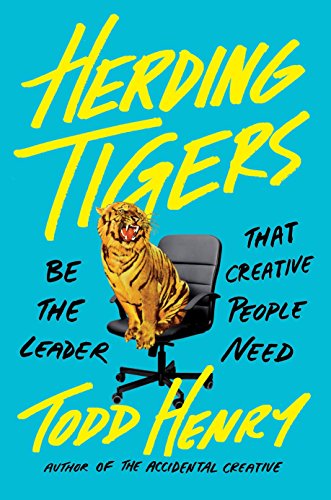
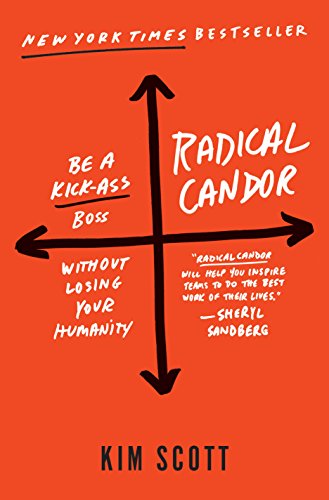
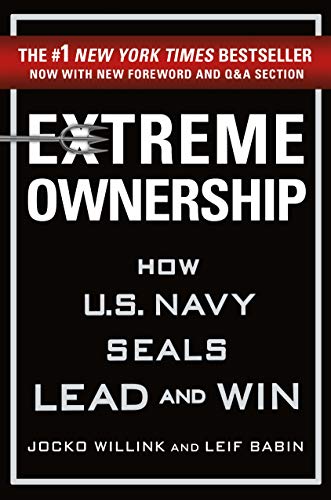
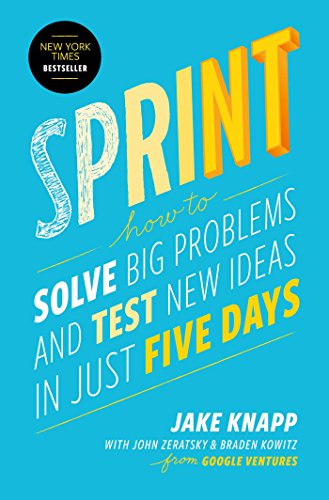
Philosophy
Speak truth PROMPTLY & require feedback
Protect the team's passion
Make mistakes of commission, not omission
Equality in product, healthy process, & strategic risk
My focus regarding business as a Creative Director is to be a strategic partner in the seed through implementation stages of ideas. That role requires creating and confidently presenting polished pitches that influence and develop buy-in to open the minds of our internal staff to new, exciting possibilities– being a natural and genuine networker internally and externally.
I use my seat at the table to ensure Design Thinking is respected, represented, and to provide creative insight to make narrative sense of complex campaigns. I am a builder and manager of healthy, productive relationships between creative and non-creative teams; providing educated, ethical representation of all sides that brings key context to avoid misrepresentation and miscommunication. To ensure this mission's success I have to develop specific custom structures that serve as something of a force field to protect productivity and ideal creative output. I've compiled some examples of these below, though these tend to change depending upon the role and company structure.
Processes
Every company is different, so every process needs to be custom created to fit the work environment and expectations. Here are a few areas that need a detailed process:
Quarterly Planning
My teams do not work on projects for the current quarter. When I am onboarded, I hire freelancers to handle the current workloads so that the in-house creative team can jump into planning for the next or a further quarter. This is the only way to get on track.
Inter-team communications
It is impossible to do any work as a designer unless we are in a state of Deep Work, and thus random messages sent directly to designers asking for something “really quick” throws an entire day or week out the window.
Briefing
Briefing should be spearheaded by the creative team, and approved by the project owning team while in quarterly planning meetings. Creating a process where the Creative Director or a designated representative handles briefing rather than the requesting department alleviates stress for so many reasons.
Brainstorming
We have all been pulled into ineffective brainstorming meetings where half of the attendees feel too embarrassed to contribute, and one or two people do most of the talking. It’s essential to bypass this with clearly stated guidelines that take human anxiety and our dear quiet creatives into account.
Deep Work
Deep Work is a term coined by Cal Newport, he says: “Deep work is the ability to focus without distraction on a cognitively demanding task.” I have found limitless benefits to his formula, and have crafted customized processes that center this way of working.
Boundaries
Boundaries are a creative’s best friend; without them chaos and missed deadlines are unavoidable. The following are a few boundaries that I have used to elevate team productivity and plainly state how we respect our workers’ time:
EMAIL AND INSTANT MESSAGING
Myself and my teams check and respond to emails at only 3 specific points in the day, we call these “Checkpoints.” 45 minutes to an hour are reserved for this at 9am, 2pm, and 5pm. This is key when attempting to unlocking Deep Work.
MEETINGS
To respect everyone’s calendars, and ensure we have sufficient time to complete all expectations on deadline, I hold the following team boundaries where meetings are concerned–
- Meetings are excluded before 11am and after 4pm
- Creative Team members do not attend external meetings Mondays or Fridays
- Creative Team members must have access to a clearly stated agenda and success definition before each meeting they are expected to attend
- Creative Team members need to clearly understand what contributions are expected of them in meetings prior to attendance so they may prepare and make the best use of that meeting time
- No open-ended, repeating weekly meetings may be required of the Creative Team, excluding ones that pertain to specific projects. Company-wide team meetings are encouraged to be at monthly or quarterly intervals
AD-HOC/ASAP PROJECT REQUESTS
We have all been there, we have a list of action items that we have every intention of getting to at the start of a week… and then something pops up out of nowhere and you get carried off into the land of fire-extinguishing.
To mitigate this, ad-hoc/ASAP projects must be discussed and approved between an external department team lead and the Creative Director. Once approved, these must be performed while on a screen-share call with the project lead to prevent miscommunication and provide critical visibility on how long these projects take to complete. All ad-hoc/ASAP projects will be followed up with a short retrospective to discuss adding the sudden item to the planning stage for the next quarter.
There are two things creative people need more than anything else: stability and challenge.
– Todd Henry
There are so many misconceptions surrounding creative people in the workplace. So many companies view their creatives as difficult and give them a wide birth because they feel that we are an irrational and highly emotional breed. This also goes the other way– creatives do not usually think as a business-centered leader thinks, and the breakdowns in communication that result from these misunderstandings are often disastrous.
I think it’s not too far off to state that one of a Creative Director’s largest roles is to act as an impartial and kindly translator between the business and the creative team.
When re-reading Todd Henry’s Herding Tigers this passage stuck out as the starting line for a lot of businesses when solving for creative team “fixes”:
Excerpt from Herding tigers
“Perhaps some creative people appear to be difficult because the expectations of a project keep changing midstream, after they’ve done a tremendous amount of conceptual work that will have to be rehashed just to get back to the starting line.
Is it possible that what comes across as ego is merely a response to their craft’s–which they have spent years mastering and cultivating– being challenged at a moment’s notice by someone who has given their hard work a total of ten seconds of distracted consideration before scrapping it?
Much of the dysfunction and tension that exists in the work-place is the result of highly creative peoples’ needs not being met. If you step back and examine the patterns, you’ll find that a lot of bad behavior occurs when there is poor or inattentive leadership.”
It's of the utmost importance for a Creative Director to clarify everyone’s intentions, needs, represent the business and the creative team candidly to one another, and take accountability for providing understanding and action to every team I work with. A good creative leader does not gossip, they address people clearly and transparently from a place of care. They do not complain, they communicate pain points in the moment and make change before resentment breeds.
With that in mind, as a creative team representative and a Graphic Designer myself, I am here to tell you that creatives do not want limitless freedom, we don’t want to “play with it” on a tight timeline after being handed a bare bones brief. What we want is a Director in whom we have enough faith to take risks in front of without fear of failure, as well as clearly set boundaries and processes that create a safe environment to run wild within. Which is wonderful really, because innovation, process, and boundaries are something that businesses tend to love! Everyone’s goals are generally aligned, our language is just different.
Managing all of that is what a good Creative Director does, without that the rest of the structure falls apart no matter how bold and creative your team is. A clear workflow is EVERYTHING.
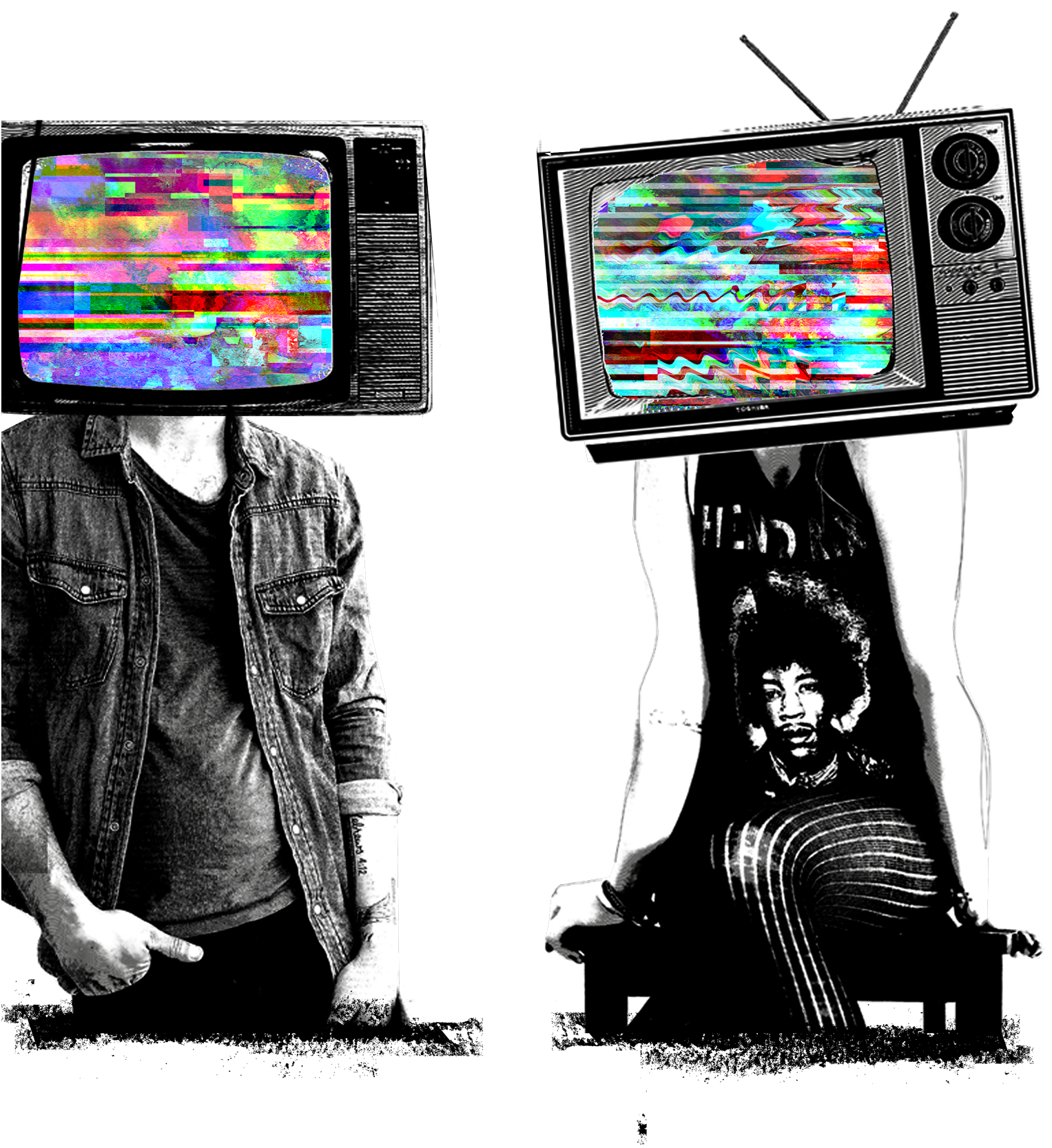
We all know about brand guides and other systems that companies use to communicate who we are, but a lesser known aspect of a Creative Director’s job is to manage a brands set of Drivers.
Brand Drivers are basically an encyclopedia of your brand’s values and benefits which act as a guiding light for everything we do. If a project cannot be traced back to a company’s Drivers, it needs to be deprioritized and realigned to adequately communicate what the business stands for and represents.
types of brand drivers:
Functional Benefits
The distilled and simplified roles that your brand plays
Emotional Benefits
How your brand makes participants or patrons feel
Economic Benefits
How your brand saves time/money, etc.
Self-Expressive Benefits
How your brand should feel to others & what supporting your brand says about them
Societal Benefits
This is how your brand makes a societal difference, and impacts the local community that supports and shows loyalty to it
Environmental Benefits
This is how your brand impacts the world, and what supporting your brand will do for sustaining it
Creative direction is the fun part. A Creative Director is a strategic storyteller that provides vivid, colorful narratives to the team and injects deep meaning into all creative output.
Mentoring and coaching the team is perhaps the most important (certainly my favorite) aspect of the role. As a very young runaway, I was incredibly privileged to have found mentors and coaches that provided empathetic education in both my career and personal growth. It’s my passion project to give back in kind. I teach my team to always push boundaries and never stop learning. Providing, as Todd Henry says: Focus, Function, and Fire.
creative team initiative examples:
This is the presentation of a creative storytelling vision and putting it up on the board as the “Idea to Beat.” Designers are encouraged to produce a better idea for a reward. This pushes innovation, creates buy-in for team members, and invites collaboration.
A “Retro” is an Agile component used in sprints that is incredibly valuable. During a retrospective, the participants reflect on what happened in the project and identify actions for improvement going forward.
Briefing structures
My friends, I have tried it all. Internal department briefing is a special pain in the ass that no one wants to participate in. I have had to fight tooth and nail to get people to fill out simple briefing forms, yet when they were filled out it was still clear that they need to be written by a creative representative in person while participating in the project's planning.
File management
Emails that say "Hi Design Team! Can you please send me 35 different graphics that you designed 3 years ago? Thanks!" are thankfully a thing of the past. Software now exists that can not only store your files for you, but can actively give marketing departments the power to "just change some text around" all on their own and export files without even contacting the creative team.
PROJECT MANAGEMENT
From Monday.com to Wrike (god do I love a good gantt chart) I have tried and tested what feels like hundreds of project management apps. Very few of them are specifically designed to manage a creative team however.
Luckily I love a good creative management conference, and feel confident that the right software for every in-house creative team exists, it's all a matter of finding the right fit.
This is last on my list, because if you have truly given the proper attention to all previous areas and instituted healthy habits, smooth asset delivery will be a clear symptom of your success. However, there are 3 important points that I want to highlight for creating a well-oiled asset machine within your creative team.

You hear a lot about workflows, but what are they actually? They’re highly personalized lists of steps that creative team members follow to ensure their designing is streamlined and effective. These should be created 1-1 with each employee, and should be structured around how each individual works best. Some employees are night owls, reaching the height of their creative potential at 1AM! Some have a hard time focusing on Deep Work in an office environment where there are people who can see their screens, creating an atmosphere of oppressive anxiety. These preferences and needs are not enemies of a workplace, when communicated and documented they are tools that can be harnessed to maintain ideal performance. This is my not-so-secret weapon of beautiful work and happy teams. These workflows should be regularly reviewed to make sure they work for both the employee and the business.
In response to my learnings and policies with regard to workflows, people often ask me how I know my employees aren’t just slacking off. I know from endless research and personal experience that it is a fallacy fabricated by capitalism that people don’t want to work. Employees want to be treated ethically, and if they are, I find that everyone wants to work. However if they are taken advantage of by their company, I consider that a violation of their contract, and thus do not expect them to want to perform to the height of their abilities. I treat and compensate my team well for their time, and I stand up for their rights. As a result, I have never had any issues with slacking.
Addressing the finer point, I want to set my employees up for success. So I create a shared dashboard and scoreboard for each of my staff members. This is not a secret monitoring device; it is my one and only tool to track their performance and output that is always fully visible to them. We have all lain awake at night thinking that our bosses hate us for unknown reasons, I find this toxic. The scoreboard is what I measure: it is a device that tracks if that team member is accomplishing their goals. The dashboard is what I monitor: this tracks how my employees are engaging with their work and team. Because the team members see exactly what I’m tracking and observing, they have the ability to see what they need to work on without ever needing to open my mouth, but it is also inarguable data for everyone’s benefit. This is just a place for pure data, not personal or professional feedback.
I run a very tight ship, the unique feature of this is that I treat my employees how I expect them to treat me. If they have a success, I celebrate it vibrantly and sincerely. If they have a failure of any kind, I don’t silently judge them and complain about them behind their backs or sit on the info until we have a 1-1; I quickly take them aside and communicate clearly and empathetically, providing options for improvement and resources when needed. Yes, I expect the same from them to me, that’s not hyperbole. I’ve been on teams where upper management presents a fully impossible task to a team, the team smiles and says “sure thing!” fully knowing how unrealistic their expectations are, but not speaking up for fear of retribution. This often means that employees are staying up all night and burning the candle at both ends, this silence also cements that unrealistic expectation as precedent. That is not how I expect my team to run. I am not better than them, we just have different jobs and specialties– everyone has weak points they cannot see and can improve if someone only tells them. I run a team not a dictatorship, and I reward my team for communicating with me transparently rather than silently internalizing problems. We are all working toward the same goals, and when one of us succeeds we all do.





